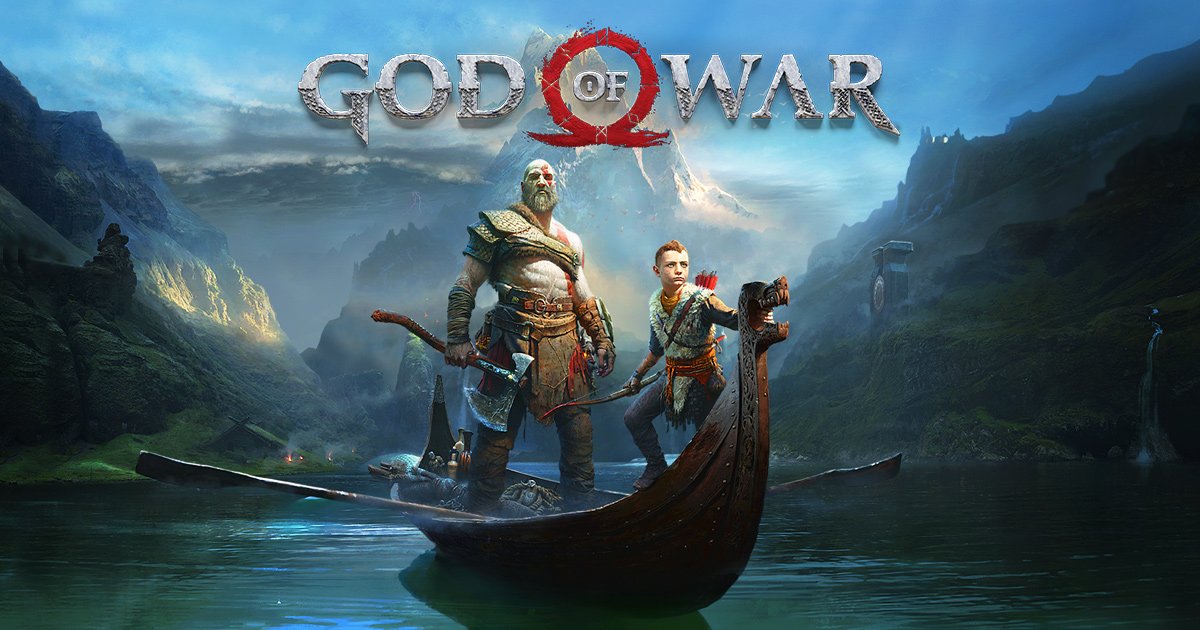
One of the biggest differences between the video game industry and other forms of entertainment businesses is secrecy. We know how much movies cost to make, creatives are always talking about potential roles and projects, and box office earnings are no secret.
Video games, by comparison, operate in the shadows. According to developer Adam Orth, a big piece of the reason is the power of ideas, especially in the VR space.
“I think [secrecy is] silly, because if you’re making a triple A game, nobody’s going to hear your idea and be able to get close to replicating that in a meaningful way,” Orth said in an interview with GameDaily. “But VR is different because anyone who has a VR headset and an engine can do stuff. So I am a little bit more protective about what I’m doing in VR than I would be normally even though I do think the whole concept is ridiculous, because everyone says ideas are meaningless, it’s execution. I totally disagree with that.”
The VR market is exceptionally small right now, and feature breakthroughs are going to be more impactful than they are for flat-screen play. Those who help bring about sweeping paradigm shifts will help set the direction and pace for the rest of the field.
Orth currently serves as chief creative officer of Digital Sunrise, a two-person VR shop. The company is in ‘stealth mode’ right now, and Orth has declined to name his partner.

After shipping Firewall: Zero Hour for PlayStation VR, Orth says he was burnt out and needed a break. Now, he’s allowed himself time to recover and get the creative juices flowing again. The ideas are flowing, and investors are starting to take interest.
“We have three or four things that are in the stages of being greenlit. It’s great to be in that situation, but it’s never on your schedule, it’s on somebody else when it comes to funding and stuff like that. So it’s just essentially just waiting right now. I have some ideas that I’m really excited about, probably more excited about than my other VR games.”
Orth has been prototyping a game for Oculus’ upcoming, self-contained head-mounted display (HMD), Oculus Quest. Oculus will need to green light the project before it reaches the store, though. Rather than throw the doors open to all comers, Facebook and Oculus are taking a “walled garden” approach, curating content rather than filling the digital shelves with any and all VR experiences.
Orth previously released Adr1ft, a game about being stranded in space, on Oculus Rift in 2016. Now he says the project he’s most excited about is a cooperative VR experience for Quest that could be released before the end of 2019. One of the things that has him so excited is that the new game can be experienced anywhere, as Quest is an entirely untethered, self-contained headset. As a solo project, he is free to shape the new experience how he sees fit.
“If you have the opportunity as a creative, or a developer to do that, anyone listening to this or reading it should take it because life’s too short to be making stuff on someone else’s time,” he advises.
The freedom of working alone has also enabled Orth to envision a variety of different scenarios. While he says that Quest is the main platform for his project, he also has interest in location-based experiences (LBEs), like VR arcades.
VR adoption is still low. PlayStation VR headsets sales cracked 3 million in 2018 against a PlayStation 4 install base of more than 91 million. Standalone headsets like the Oculus Go (and the upcoming Quest) are outpacing tethered devices, which rely on expensive, high-powered PCs. And screenless devices like the Samsung Gear VR (requiring specific mobile phone models) are on the sharp decline.
There’s still a gap in consumer comprehension. With VR, seeing is believing (and understanding).
“As great as the Oculus [Quest is]… 99 percent of the people still have never even physically even seen or held an HMD, much less put it on their head,” Orth says.
LBEs are one solution. The barrier to entry is significantly lower walking into an arcade-like setting and trying out virtual reality versus spending hundreds (or thousands) of dollars to bring a device into the home.
“People going someplace to do something fun and interactive and communal is not a big leap anymore,” Orth suggests. “There’s some real some really good LBE VR experiences that I’ve seen that are just mind blowing. If you distill it down, it’s laser tag, but it’s in VR.”
Even then, LBEs are having a tough time. IMAX recently announced its complete exit from the VR space after opening seven locations around the world. The company also invested $50 million in content creation to give it access to exclusive experiences.
Other startups, like The Void, have landed notable licensing deals. In 2016, the company teamed up with Sony for a 15-minute Ghostbusters experience that ran for two years. These are VR opportunities, like the currently running Star Wars: Secrets of the Empire, that can’t be replicated in the home due to environmental effects and intricate sets that are designed 1:1 with the digital presentation.
“If there’s an experience like that where me and my friends can strap in and have a fun VR experience like that and pay for it at the point of the experience… the fact of the matter is I don’t even have enough friends who have VR who I can go do VR things with.”
One of the big challenges VR creators face is the set of expectations around the technology. With the market trending away from tethered HMDs to self-contained units, there’s going to be a noticeable dip in processing power, at least at the start.

“I think the thing about VR, the LBE, in the home, mobile, what ever, the thing about it is that VR is unfairly maligned because consumers don’t really understand it,” Orth says. “Therefore, their expectation is that, ‘Well this has to match Call of Duty or Grand Theft Auto or Skyrim or Spiderman or God of War.’”
LBEs can provide that level of fidelity, but Orth says that average consumers don’t understand the limitations.
“There’s a hundred reasons why,” he says. “So I think the expectation is—and I’ve certainly experienced this—people put on the VR headset and… the average consumer doesn’t understand the difference. As a creator, I’m super okay with taking that graphics hit because I’m very comfortable and believe in designing and creating with boundaries. I’m willing to take that hit because I believe in the freedom of wireless and the things that you can do there.”
As the market moves to self-contained units, that perception will change. But until it does, developers are going to need to keep rolling the dice. Orth says that it’s difficult to be profitable as a VR developer.
“You’ve got to take risks right now if you want to do big things in VR,” he says. “It’s the price of admission for developing [in VR]. But when you think about the Oculus Quest and the standalone headsets? Everyone’s going to have them at some point.”
[This article has been updated with clarification regarding Orth’s Oculus Quest project – Editor]
 GameDaily.biz © 2025 | All Rights Reserved.
GameDaily.biz © 2025 | All Rights Reserved.